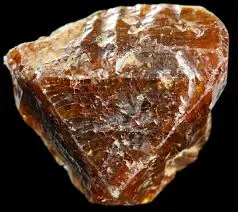Francium
Francium, element number 87, holds a unique position in the periodic table. While other elements proudly display their properties in abundance, francium exists only in fleeting moments. Its most stable isotope, francium-223, boasts a meager half-life of just 22 minutes, making it the second-rarest naturally occurring element (astatine takes the crown).
Despite its scarcity, francium's chemistry shines brightly. As the heaviest member of the alkali metal family, it shares their highly reactive nature. With the easiest atom to lose an electron, francium ranks just behind caesium as the most electropositive element. This fiery personality makes it highly volatile, reacting aggressively with water and even glass.
However, studying francium directly is no easy feat. Due to its radioactivity and scarcity, only microscopic amounts can be isolated. Scientists primarily work with francium in solution or as an amalgam with mercury, gleaning its secrets through clever experiments and advanced spectroscopic techniques. While its practical applications are limited, francium continues to intrigue researchers, offering valuable insights into the behavior of heavy elements and the ever-evolving landscape of the periodic table.
